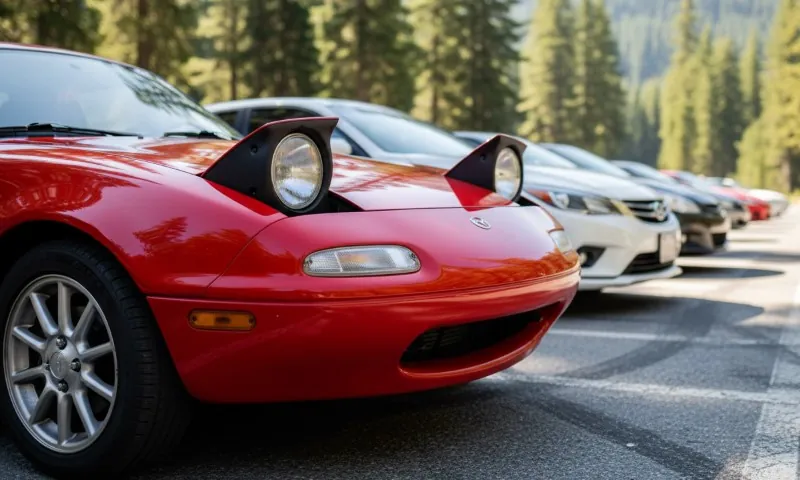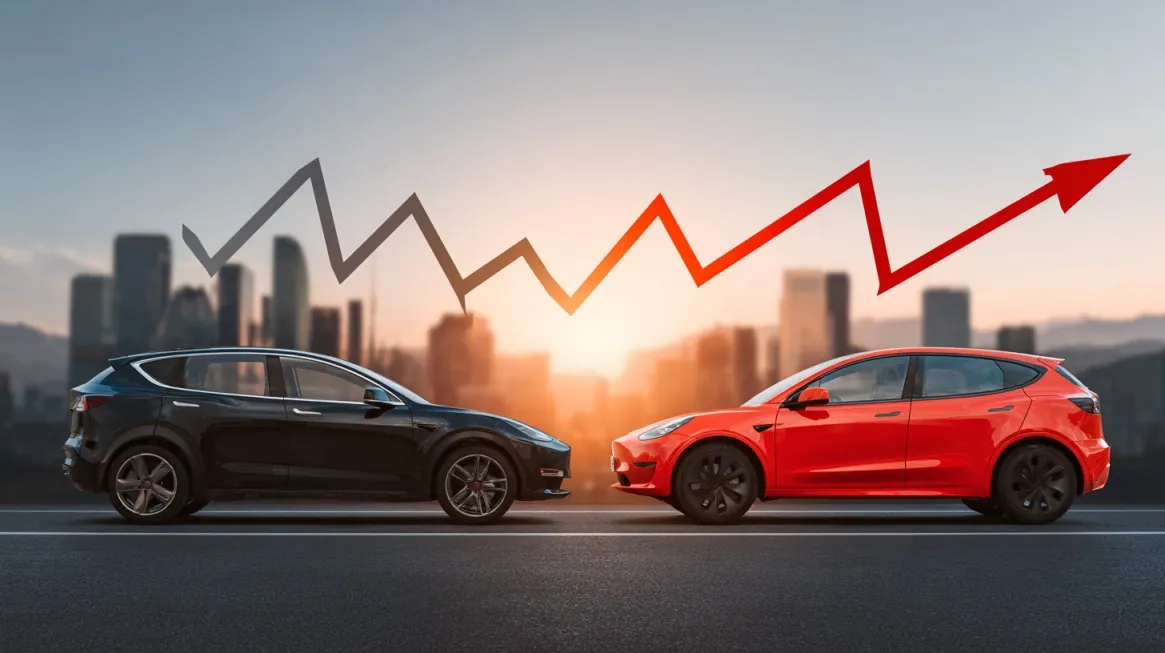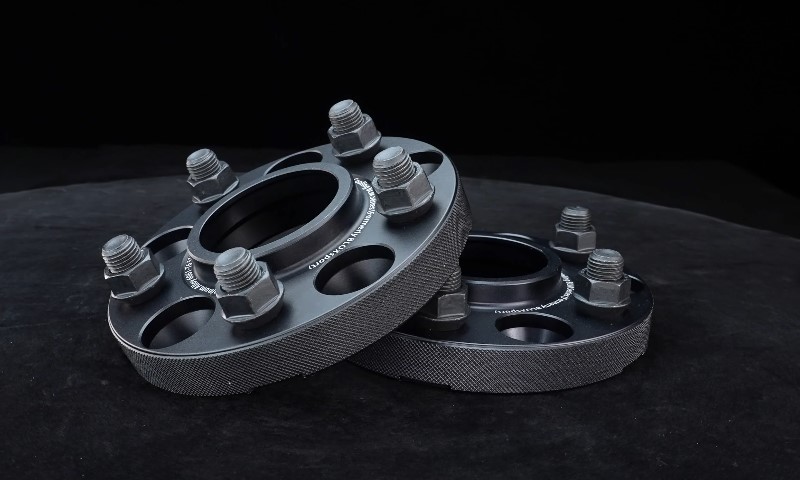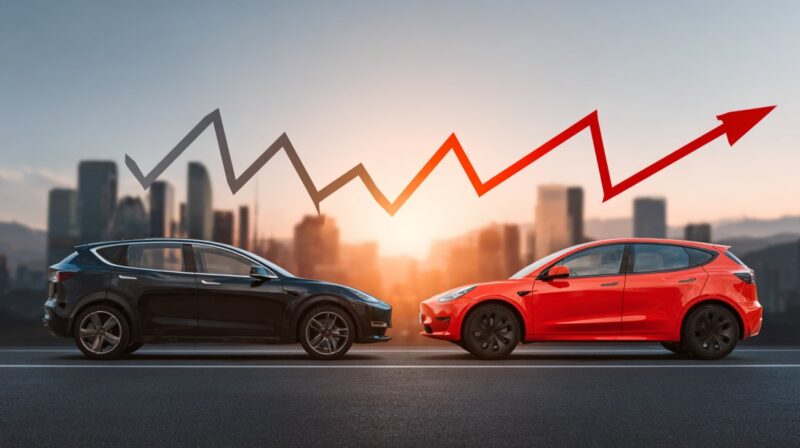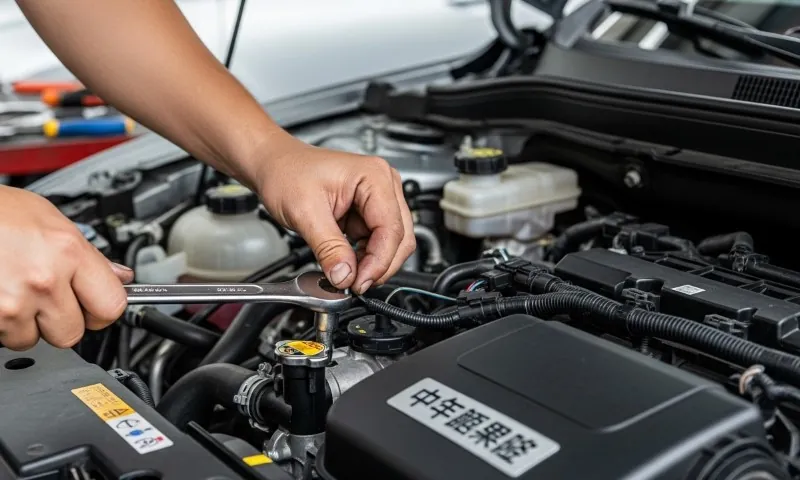
Share Post:
Chinese automakers have gone from fringe players to headline-makers in a matter of years. In Europe, they’re outselling legacy brands like Renault and Audi in some months.
In the United States, buyers are curious, but tariffs and dealer laws have mostly kept showrooms empty. Still, the attraction is obvious: sharp prices, feature-packed interiors, and model cycles that move faster than legacy automakers can keep up with.
Yet behind all the hype, there’s a quieter reality waiting to play out. Cars are only as good as the ownership experience, and that means service networks, spare parts, software updates, and resale values. If Chinese brands can’t prove themselves in after-sales, the momentum could fizzle.
Table of Contents
ToggleKey Points
- Chinese automakers are rapidly gaining market share in Europe, with BYD and MG leading sales.
- Tariffs are blocking entry into the US, keeping sales almost nonexistent there.
- Maintenance and after-sales support, service networks, parts, and software, pose the biggest challenge to long-term growth.
- Buyers need to check service coverage, parts hubs, and update reliability before committing.
The Surge in Europe
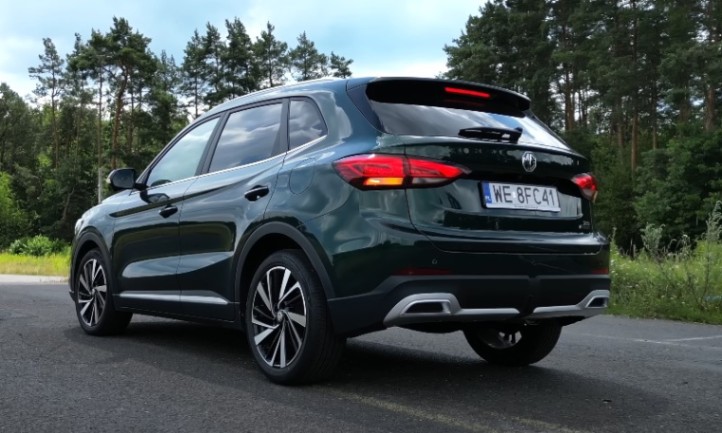
European drivers are buying them in record numbers. Sales data shows just how quickly the market is shifting.
Market Share on the Move
European registration data shows just how fast Chinese brands are growing. According to JATO Dynamics, they doubled their EU market share to about 5.9 percent in May 2025, with MG and BYD leading the charge.
By August 2025, Chinese marques had even outsold Renault and Audi across Europe. BYD alone tripled its sales in the EU to more than 9,000 vehicles in August, or over 11,000 when including EFTA and the UK.
While the overall European market grew only slightly in 2024, Chinese brands carved out space by offering compelling equipment at aggressive pricing.
The European carmakers’ association notes that they already account for about 8 percent of all EV sales in the EU: a figure regulators and policymakers are monitoring closely, as per ACEA.
Local Capacity Plans
Growth isn’t just about imports anymore. Chinese OEMs are planning local capacity to reduce risks tied to logistics and tariffs.
- BYD is preparing plants in Hungary and Turkey, with production targeted for late 2025 (though some industry watchers expect mass output may slip into 2026).
- SAIC’s MG brand has invested in a second European parts center in France, building on its existing infrastructure to speed up deliveries and reduce downtime for owners.
- Dongfeng has its eyes on around 280 dealer sites across Europe, with executives stressing that aftersales coverage is central to their expansion.
The US
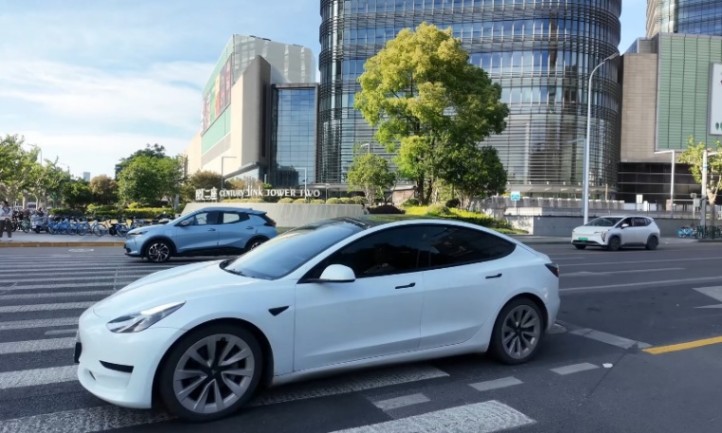
In the United States, the appetite is there, but tariffs are the wall. In 2024, the White House imposed a 100 percent tariff on Chinese EVs, making them uncompetitive overnight. Add to that the franchise-dealer legal framework and political pushback, and it’s no surprise that there are no BYD or MG showrooms on American soil.
Some Chinese automakers have considered factories in Mexico, but public statements consistently suggest these are aimed at Latin American buyers, not as loopholes into the US. With tariffs this high, selling directly into the American market simply doesn’t make sense for now.
Tariffs and Trade Actions
Tariffs have quickly shifted from background noise to a front-line issue for Chinese automakers. They shape pricing, influence buyer confidence, and dictate how fast brands can scale outside China.
Europe
After a lengthy probe into Chinese EV subsidies, the European Commission finalized new duties in December 2024. These are brand-specific countervailing tariffs, stacked on top of the common 10 percent import duty. According to the European Commission:
- BYD: 17.0 percent
- Geely: 18.8 percent
- Non-cooperative manufacturers: up to 35.3 percent
Tariffs are slowing things down, but not erasing the basic attraction: value for money.
United States
The 100 percent EV tariff is the big headline, and it’s not likely to soften soon. Trade analysts also note the wider set of tariffs affecting cross-border auto assembly economics, keeping the conversation about Chinese cars in America firmly speculative.
Where Growth Could Stall: Aftersales
The big question is no longer whether Chinese brands can win buyers, as they already are. The question is whether they can keep them happy long after the initial excitement.
1. Service Network Depth
Dealer networks for Chinese brands are still thin. Some markets, like Norway or the UK, have stronger coverage, but plenty of regions lag behind. For early owners, that can mean:
- Long waits for warranty appointments
- Hours of travel to reach an approved workshop
- Limited body shops with access to brand-specific repair software and calibration tools
2. Parts Logistics and Collision Repair
Collision repair is already expensive for EVs in general. Data from CCC Intelligent Solutions shows higher repair costs due to calibration, safety protocols, and parts complexity. US data from Mitchell indicates EV repairs can run 29 percent higher than ICE vehicles on average claims.
For Chinese brands entering Europe, parts availability is the wild card. Without local stock and digitized repair procedures, accident repairs can drag on.
Some European aftermarket suppliers have already started stocking components for BYD and MG, a sign that demand is moving past the early-adopter niche.
Note: For drivers hunting affordable used components, Ovoko is one marketplace where parts availability is already bridging the gap.
3. Software, Diagnostics, and Right-to-Repair
Cars today are as much software as hardware. Maintenance now often means a software update, coding module, or secure diagnostics session.
- Europe: The Type Approval Regulation (EU) 2018/858 ensures access to repair and maintenance information (RMI) on fair terms. The SERMI scheme adds accreditation for security-related data. UNECE R155 and R156 set standards for cybersecurity and software updates, mandatory since July 2024.
- United States: The Massachusetts Data Access Law has set the tone for right-to-repair. NHTSA supports the principle but wants safeguards for cybersecurity. More states are watching closely.
For owners, this means rules exist to protect independent repair, but execution varies. Independent shops still need training, tools, and secure access, and some OEMs are quicker to comply than others.
4. Reliability Optics and Software Quality
@changecars What If Chinese Car Brands Pulled Out of SA? 🚨 🚨 Chinese Cars Dominate SA – But What If They Suddenly Left? 🚨 With brands like Chery, Haval, and BAIC booming in South Africa, they’re shaking up the market with affordable SUVs and cutting-edge tech. But what happens if they decide to leave? With no local factories or deep investment, could they vanish overnight? In Keep It or CHANGECARS, we explore the real risks & impact! 🌟 Key Questions: 1️⃣ No Local Factories – Are Chinese Brands Truly Committed? 🏭🚨 2️⃣ Parts & Resale Value – What Happens If They Pull Out? 🛠️💰 3️⃣ Who Wins If Chinese Cars Disappear? Toyota? VW? ⚖️🚗 💬 Would YOU still buy a Chinese car knowing this? Drop your thoughts below! 👇 🎙️ Full breakdown in the latest episode of Keep It or CHANGECARS! 🔗 Like, share, and follow for more from ALL THINGS MOTORING & CHANGECARS! #ChineseCars #SAcarMarket #ALLTHINGSMOTORINGNEWS #CHANGECARS #KeepItOrCHANGECARS #CHANGECARSVIABLEALTERNATIVE #CherySA #HavalSA #CarIndustryTrends #FutureOfCars
Reliability is always under the microscope.
- Consumer Reports surveys: EVs have generally shown more issues than ICE cars, but the gap narrowed in 2024.
- D. Power studies in China: Reported rising design-related problems, reflecting fast innovation cycles.
- Euro NCAP crash tests: Chinese brands like MG and BYD have earned multiple five-star ratings.
- Euro NCAP Assisted Driving evaluations: Highlighted some shortcomings, but brands like BYD responded with OTA updates that improved scores.
The BYD Atto 3 story illustrates the importance of ongoing support. Its assisted-driving score went from “not recommended” to a much-improved grade after software revisions.
5. Residual Values and Fleet Acceptance
Used values for Chinese cars remain uneven. Some markets see strong resale thanks to low list prices and generous features, while others remain cautious.
Fleets are showing more openness, particularly where service coverage looks credible and total cost of ownership works on paper.
Europe vs. US – Same Maintenance Question, Different Market Contexts
| Issue | Europe Today | United States Today |
|---|---|---|
| Market Presence | Near 6 percent monthly share in mid-2025, outselling some legacy brands | Effectively zero, blocked by tariffs |
| Trade Policy | Countervailing tariffs on top of 10 percent duty | 100 percent tariff on EV imports |
| Local Production | BYD plants in Hungary and Turkey; MG expanding EU parts hubs | Mexico plants for local/LatAm, not US |
| Aftersales Framework | RMI rights, SERMI rollout, UNECE OTA rules | State-level right-to-repair in progress |
| Owner Experience | Growing, but networks still patchy and parts delays common | Hypothetical for now |
Practical Maintenance Realities for Owners
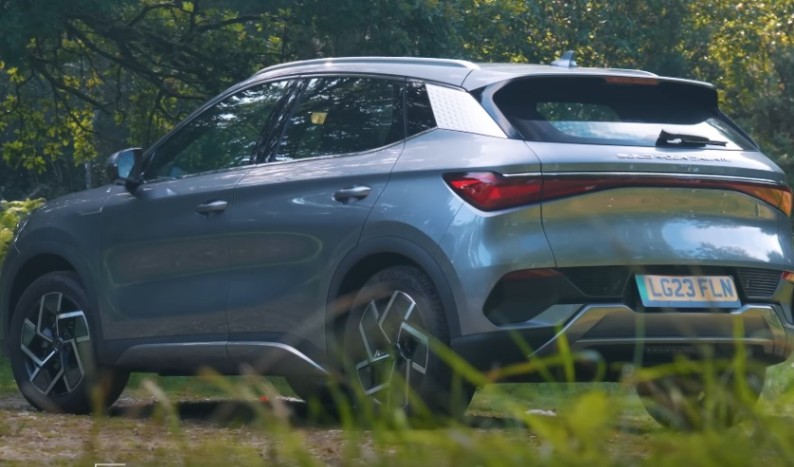
Owning a car is about more than the sticker price. For Chinese brands especially, day-to-day realities like service access, parts supply, and software updates shape the real experience.
Parts and Service Access
- Collision repairs: Expect longer labor times for ADAS calibrations and HV battery safety steps.
- Parts hubs: Check whether your brand has local depots. MG’s new France hub is a positive sign.
- Independent repair: EU owners can push workshops to use official RMI portals. SERMI accreditation is gradually rolling out.
Software and Updates
- OTA importance: Updates fix safety systems, improve range, and even repair bugs. Under UNECE R156, manufacturers must prove robust update processes.
- Assisted driving: Always check Euro NCAP results and confirm your car has the latest software loaded before delivery.
Reliability and Costs
- Routine EV servicing: Fewer moving parts mean cheaper scheduled maintenance, but higher collision repair costs can offset savings.
- Insurance premiums: Expect higher comprehensive insurance due to repair complexity.
- Software quality: Watch warranty terms closely, especially for electronics.
Smart Questions for Buyers and Fleets
Before signing a contract, it’s worth asking dealers some direct questions:
- Service Coverage Map: How many authorized workshops are within 100 km?
- Parts SLAs: Where is the nearest parts hub, and what are the delivery times?
- RMI Portal: Is there independent repair access, and does SERMI apply?
- Software Roadmap: How frequent are OTA updates? How are recalls handled?
- Safety Ratings: What’s the Euro NCAP score for assisted driving on my specific build?
- Loaners: Will you guarantee a courtesy car during long repairs?
Why Maintenance Could Make or Break the Trend
Chinese automakers have already proven they can build desirable products. But cars live or die by what happens after delivery. If networks remain thin, parts backlogs stretch weeks, or software portals frustrate independent workshops, owners lose patience.
On the other hand, if brands scale technician training, invest in parts depots, publish clear RMI portals, and maintain strong OTA schedules, the growth story continues despite tariffs and trade battles.
What’s Next?
- More local production: Expect new assembly plants, battery facilities, and logistics hubs.
- Fleet-driven growth: Companies will test Chinese brands first, with negotiated service guarantees.
- Tighter software governance: UNECE standards mean better OTA discipline and cybersecurity safeguards.
- Tariff chessboard: Politics will keep shaping the US and EU outlook. For now, Europe remains the proving ground.
Quick Buyer Checklist
- Confirm at least two authorized service points within a realistic drive.
- Ask for parts hub locations and delivery timelines.
- Verify RMI and SERMI access for independents.
- Review Euro NCAP crash and assisted-driving ratings for your model.
- Budget higher insurance for EV repair costs.
- Insist on courtesy car availability for downtime.
Final Words
Chinese brands are no longer outsiders in Europe. They’re competing head-to-head with established marques and winning sales. But cars are long-term commitments, and the real test is how smoothly life goes after you drive off the lot.
If after-sales infrastructure matures quickly, the rise of Chinese brands will be a sustained shift in the global car market.
For now, buyers would be wise to enjoy the sharp pricing and rich tech, but also do their homework on who’s going to service the car, how fast the parts arrive, and whether the software updates actually land on time. That’s where the future of the trend will be decided.
Related Posts:
- Best Selling Japanese Cars in the U.S. and What…
- How Vehicle Emissions Checks Differ in US, UK and Europe
- Car Clicking But Won’t Start? Common Causes and How…
- Travel Trailer Brands to Avoid - Models That Break…
- Can Americans Drive in Europe Without an…
- What Happens When Your Car Is Totaled but Still Drivable



